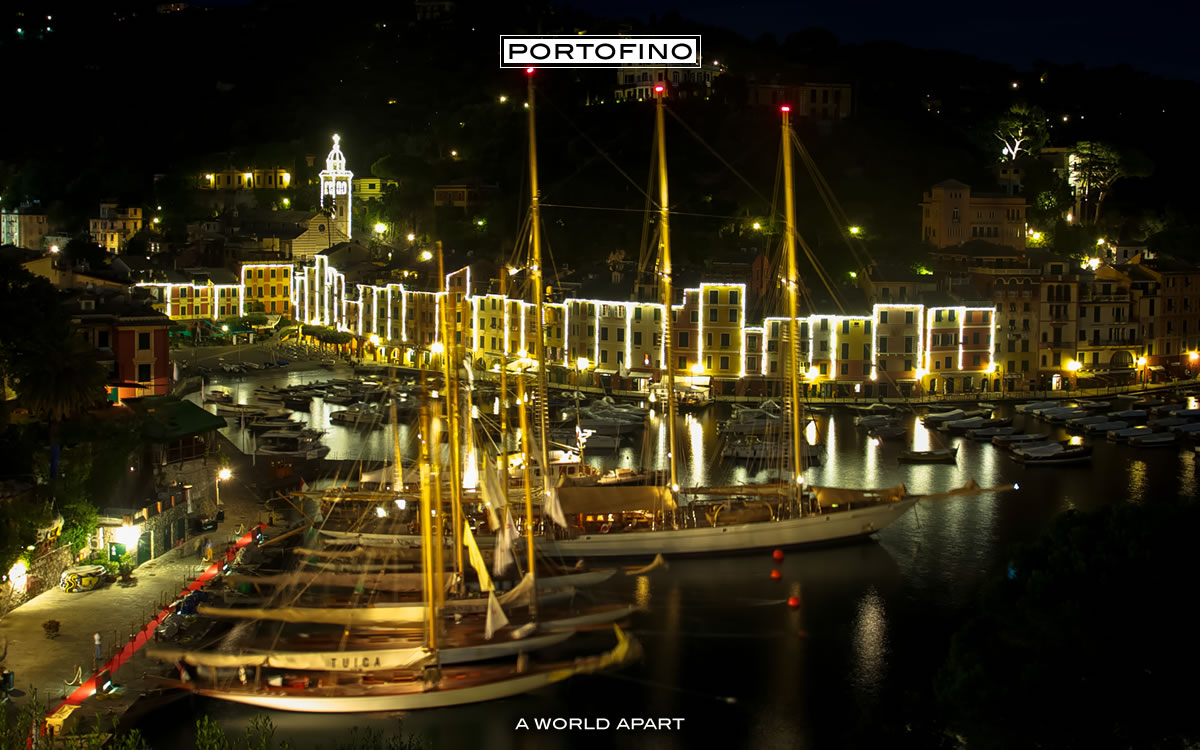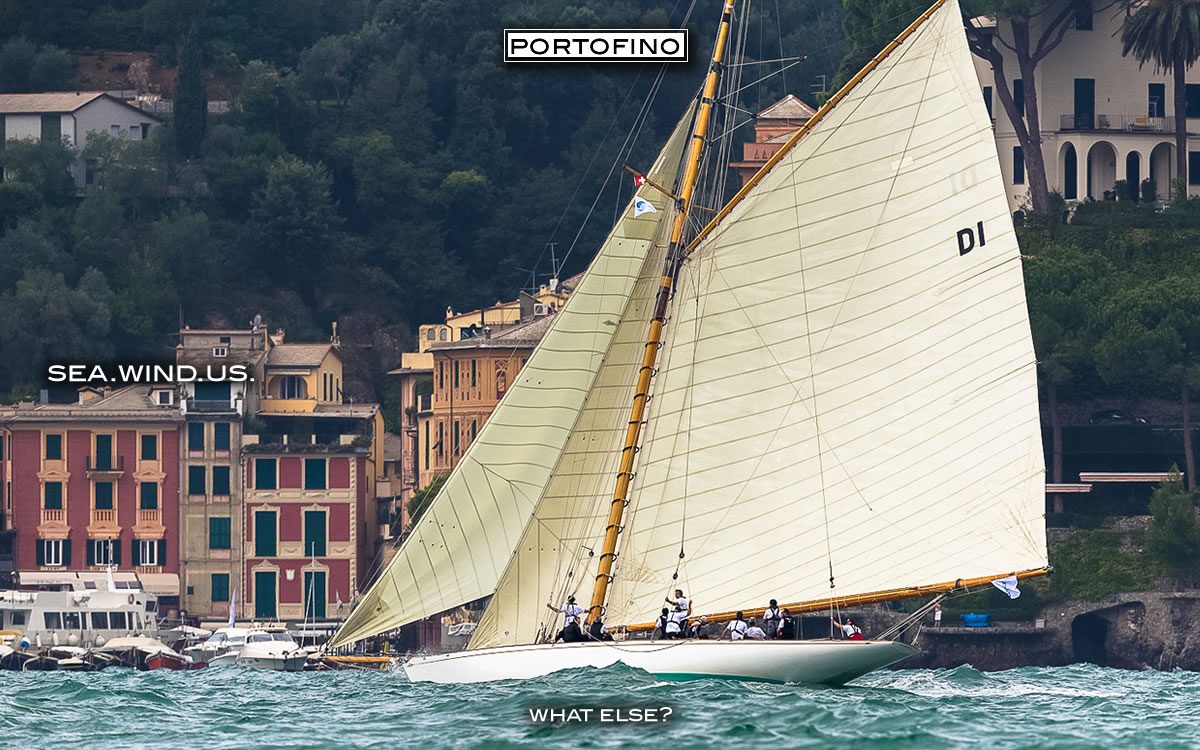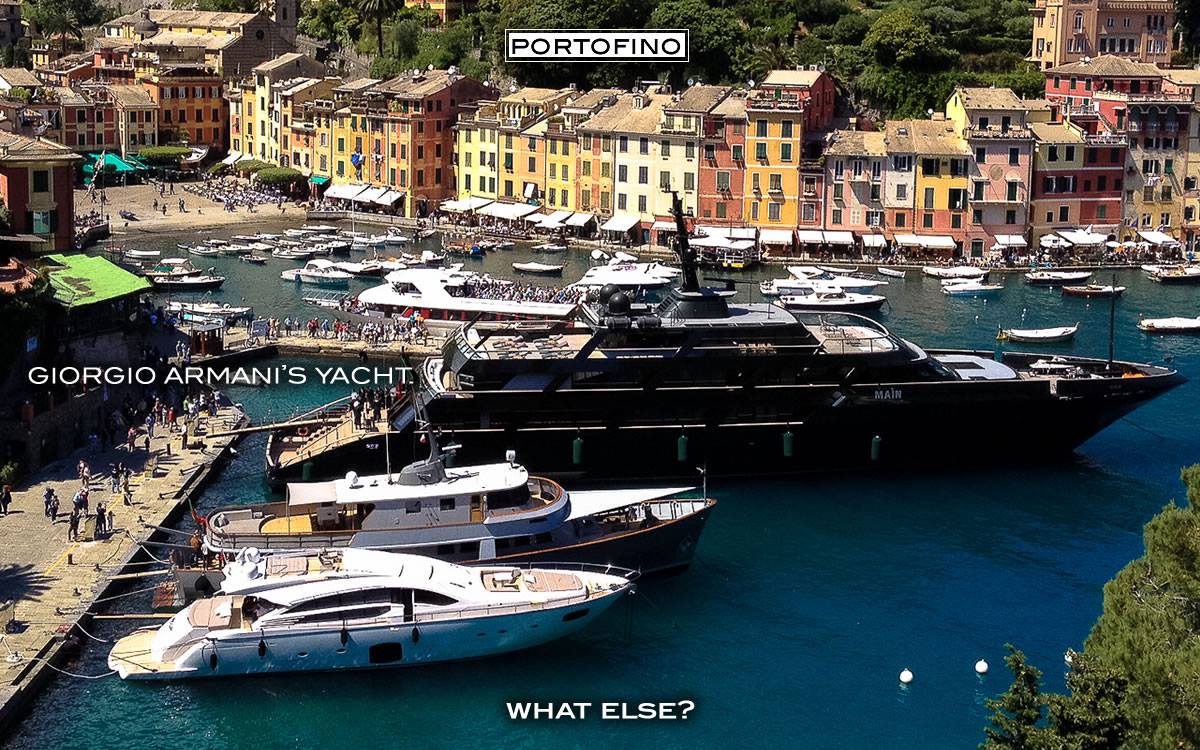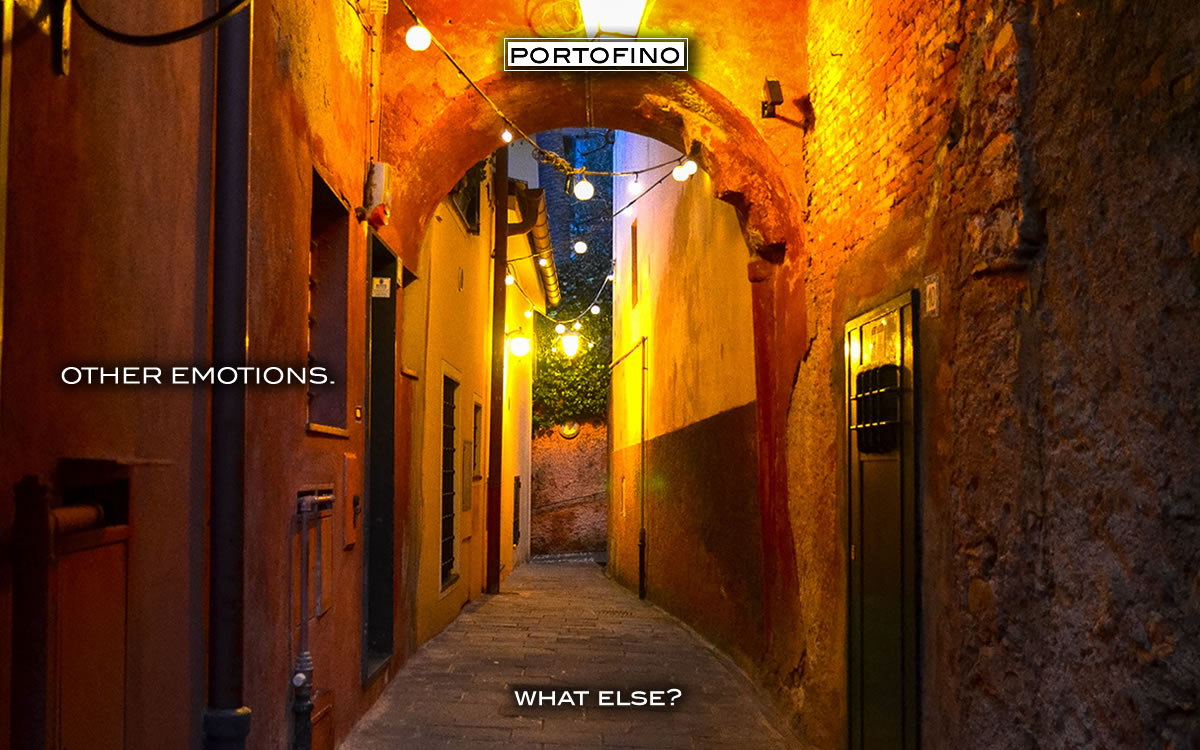
At the end of seventeenth century, Europe was in quite a turmoil due to the war between different countries, and also the Ligurian Republic was made an object of conquest. From that moment on for 30 years, it was tormented by invaders, from spanish to english, from austrians to french and, even, by Pisa and Tuscany dukes. This Republic was object to attacks, even though protected by one or another, it was always occupied and robbed by foreign troupes. Being at the centre of the coast with a safe natural port close at hand, it was continuously occupied by invaders and considered very useful for repairing ships; furthermore at Portofino munition and, provisions were deposited and the troupes that arrived from the mounts settled there. During many repairs, the Ligurian Magistrate of the Fathers of the Communes made frequent visits and made different suggestions for the defence of the Village.
For this reason, the advantage of the Portofino port, was known even by Napoleon I who strengthened it’s defence and, with the decree of the 2nd of January 1813 this port was found worthy of being given a name, as can be seen in “Archivio barone Baratta” in Rapallo: this port is of a mediocre size, but is able to moor boats of a considerable size due to it’s deep waters, moreover the depth of the sand is very muddy so the anchors can grip the bottom in such a way that their ships remain safely anchored in any weather. Portofino is defended from all winds, except the north wind which makes it difficult for the boats to leave the port, but with the right instruments on board, almost any manoeuvre can be made. This port is 370 metres long and it’s widest part is 150 metres: formed by nature, the entrance of the port is 15 fathoms deep, and the bottom of the sea is “clean” and “holds well” for it’s depth.

Napoleon I gave to this port a government made up of a Captain, a Sea Consul, a Health Council, a sea and land Custom and Finance Collector, furthermore Vice- Consuls of the most important nations. This port has always been very frequented even when the roads were without transport and people went by sea: it’s cove has been visited by famous people, such as princes and prelates, one of these being Queen Mary of Tuscany who was getting married in France, King Francis I, deported to Cervara, His Holiness Gregory XI who was returning from Avignone to Rome, Richard, King of England, Odeardo Duke of Parma, Corrado King of Sicily, Andrea Doria and many other famous names.
The destiny of Portofino in between various events went ahead until 1815, when the Republic of Genoa was sacrificed from the Congress of Vienna and given to the King of Sardinia. In this lapse of time of about 40 years, Portofino put up with the most terrible raids, material and “intellectual”, the invaders were free to do what they wanted, ruining the lives of the Villagers and putting up with the tyranny of those who wanted to become the owners. In 1812, in a manuscript, donated by an old family of Portofino to the parish church, the first democratic election was held for the mayor, precisely: “the year one thousand eighteen and twelve, there on this day of the 14`h of the month of June at the rising of the sun” Antonio Merello son of the late Giovanni, was elected mayor, with the formula: “I swear to obey to the Consitution of the Empire and loyalty to the Emperor”.
With the consent of Portofino to the Sardinian-Piedmontese Reign, things became better, a “new life” began: the Savoys gave to the Old Republic all the grants they were asked for and, with the experience obtained by their own skins with the foreign occupation, the people of Portofino could make a new turn in their lives: some of the population dedicated itself to the old profession of sea-faring, so much so that in a few lustrums, Portofino owned a remarkable tleet of sailing boats that navigated around the world trading every thing: they were also excellent merchants establishing shops and stores on the other side of the world. The mills had their importance with the guarantee of water arriving from the everlasting springs gushing out plentiful from the Mount: during the drought, the population milled their grain on both sides of the coast, arriving in port waiting their turn and, increasing considerably the growth of the milling, which can be confirmed by the “Annali di Attilio Regolo Scarsella“.

The peasants continued working their land, taking care of the Mount’s products, particularly the olive oil and the white wine of Portofino, gained from dry coltivations on very sunny balconies along the rocky coast, in front of the open sea. Even the fishermen, those with their nets or those with their rods, were able to work in peace, without being disturbed during their activities… Portofino had an economical period of peace and tranquillity. Whilst the fortifications of the old Republic were being abandoned, after a period of time they were given to privates to be transformed into civil homes. For many years consuls and vice-consuls of the most important foreign states and other important people had lived at Portofino, they had discovered the natural beauties from the inlets to the port, from the Mount to the Peninsula, and it was their idea to buy some property there.
The first was a consul called Brown, who purchased the fort of Saint George transforming it into a castle. He lived there fixing his residence and planting, on a tower in the garden, two sea-pines on the day of his wedding: you can still see today the name of “Castle Brown“. He was the first, real pioneer that brought an economical transformation because, with his “way of doing things”, Brown was followed by a colony of foreigners, from americans to english, from german to irish, from swiss to austrians, from dutch to all the consuls of the baltic countries. All these families, from the most noble and famous, to the artists, to the industrialists, houses were transformed and new villas were built by the inhabitants of the place, without ruining the nature. The consequences were to transmit to the workers the “art of conserving” and that typical good taste of their tenacious character. For example, bricklayers exist who are experts in making walls with stones: even today their works can still be seen, but we don’t know exactly who made them; an example of this art is the massive wall that from the villa of Saint John connects Mount Rosemary above the lighthouse on the point of Portofino: Benedetto Gardella, an artisan of Portofino, made this wall, with the help of other workers, taking 6 years.
That way, half way through the last century, the economy “crawled” along up until the second world war, and then it “galloped” along after the war up to today. With the finish of the last century, the discovery of electric light and engines gave the whole world a turning point in man’s life: a push on the back for the old and eternal methods “the natural way”; these events also gave a stop to the economy of the Village, the mills with their “springwater” started to be abandoned, creating enormous difficulties for many families, who had to quickly find different jobs in a period of economical transformation.

Another important local economy was sea-transport with sailing boats: also this was slowly dying out, not being able to keep up with the competition of rents and the overwhelming amount of steam and engine ships that gave rise to the shipping companies of navigation. Portofino, after years of dedicating itself to this activity, had to abandon this glorious work that for centuries had been practised with honour and knowledge, it had to give up in front of the competition, superior in tonnage and speed. With all these historical events, even Portofino underwent an economical revolution and, also, a negative period for work, because almost half of the inhabitants were shipowners, commanders and sailors that, not being able to find new jobs that didn’t exist, started to emigrate to England, France, Germany and in particular the Americas preferring the south.
Here, in books on ligurian history, one can read that the best captains and sea-men that commanded the steam boats, especially the ones on the big river Rio, were ligurian and in particular from Portofino: to confirm all this, a period of ten years or more ago it was discovered that some real estate property, was still in the names of end of the century emigrants whom we have never heard from since; some antique surnames of Portofino, that don’t exist here anymore, are heard of in America. Some people took possession of their real estate by “usocapione“; others, that remembered that the ancestors owned lands or houses, went to look for the heirs to conclude excellent business affairs; today the resident tourists own real treasures!
From the beginning of the century, it can be seen nearly, totally and economically transformed because of the system of communications, the realization of the railway to Santa Margherita and the construction of the road Portofino-Paraggi-Santa Margherita: transport was carried out by land, like that, fewer sailing ships moored at Portofino, especially those from Carrara and those of the Tuscany archipelago that carry out world trade with Genoa, and those of Corsica and Sardinia for the transport of coal and wood: these boats used to come to our port and, sometimes, they stayed many days because of bad weather: for the numerous taverns in Portofino this has been a great loss.
This new situation brought a drop in the population, in the middle of the last century there were 1750 souls: at the beginning of the century it went down to 1300, to 1200 in 1940 and to 750 in 1990. Those who remained at Portofino started new activities using their experience, the need to survive and, especially, the acquaintance of the refined foreign residents with their different ways of living. This colony has in fact taught alot to quite a few of the inhabitants, that after being in their service, have been able to start new activities, always resulting as “service to the guests“: they gave work to the sea and mountain people, to the artisan builders, bricklayers, fishermen, boatmen, the women who made laces, coachmen, taverns and restaurants, boat carpenters and, finally, the public administration that knew how to be ahead of times with wisdom and superior parsimony compared to other communes. («Chronicles of Portofino» by Giovanni Carbone 1981).
Portofino, a World apart.
